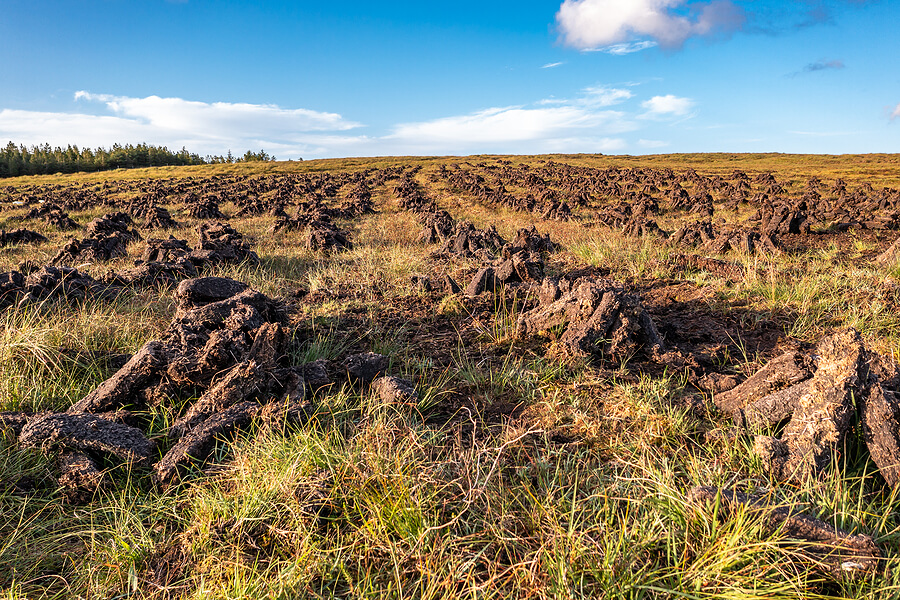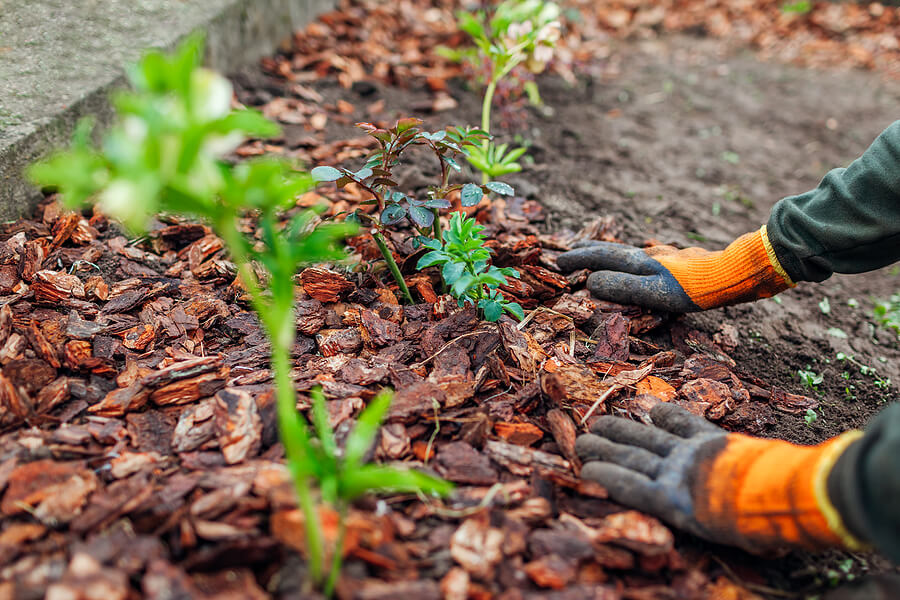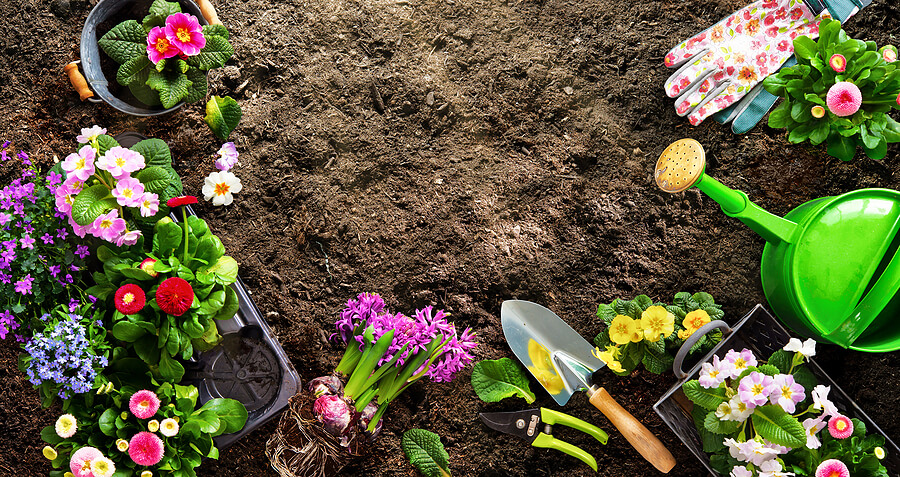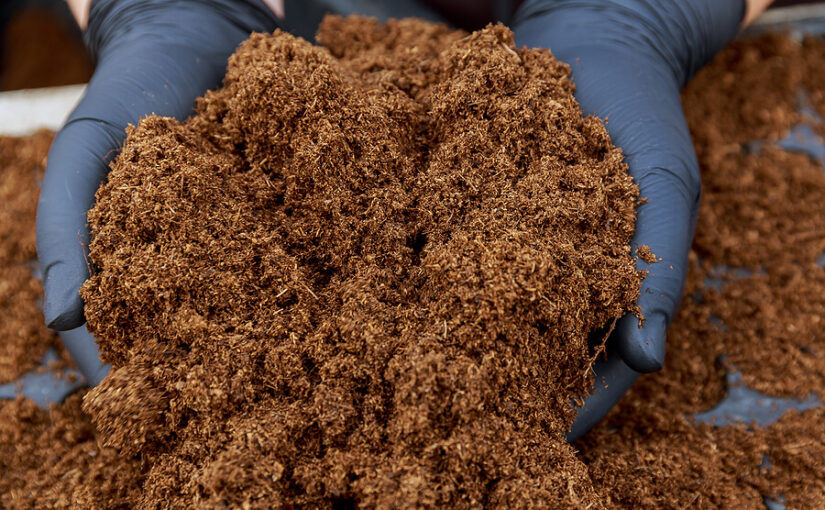What is peat?
If you’re an avid gardener you’ve no doubt heard of peat, even if only from reading “peat-free” labels. You’ll see it mentioned in some way in every garden centre, and may even have heard its usage debated.
But what is peat? Well, it’s a type of turf that makes up the surface organic layer in soil. It’s mostly made of decomposed organic matter such as decayed vegetation, and can often be found in natural areas known as peatlands as well as moors and bogs.
Peat is formed through waterlogging and lack of oxygen, as well as low nutrients and acidity in the soil. The way peat is formed varies depending on the temperature of the area, and its definition and purpose can mean different things in different places across the world.
When it comes to gardening, there are many benefits of peat, so it has historically been used for mulching and soil improvement. Because the thick mulch easily retains moisture, it has been a popular choice for filling soil beds. Peat also has traces of lime, which improves the pH levels of soil for optimum seed growing.
However, in recent years, there have been debates on whether peat is actually more damaging than initially believed, with many earth-cultivators opting for peat alternatives instead.
Why is garden peat bad for the environment?

After plenty of research, experts now have a better understanding of why peat is bad for the environment. As agreed by environmentalists, gardening experts, and the UK government, peat has a negative effect on the environment because of the way it decomposes.
Usually, when plants decompose, they produce greenhouse gasses like carbon dioxide (Co2). However, because peat forms within moist environments without oxygen, it instead decomposes simply into carbon. The carbon is then stored in these environments and blocked from releasing into the environment.
However, when we dig up peat for gardening purposes, the stores of carbon are then released and emit Co2 and methane into our atmosphere, adding to the staggering effects of global warming. Not to mention, the biodiversity of the peats where the carbon was stored is put at risk, meaning local wildlife and plants begin to disappear.
Understanding the legislation surrounding peat
In 2019, it was estimated that around 580-million tonnes of carbon were stored in England’s peatlands. The organization Natural England argue that the preservation of England’s peatlands is of the utmost importance to combat climate change, and doing so will aid the Government with their goal of reaching net-zero carbon emission by 2050.
Because of the evidence around why peat is bad for the environment, the UK government has started plans for peat to be banned among the average gardeners by 2024. As 66% of peat sales are purchased by amateur gardeners, the legislation will greatly reduce the damage of peatlands. Aside from general purchases, horticulturist sellers will be mandated to publicly report their annual peat sales and will be penalized for over-selling or still selling peat-based products after the phasing out stage.
The legislation also includes regulations on the burning of heather to protect blanket bog habitats. This particularly regulation has been heavily debated by The Moorland Association, who argue that the burning heather from peatland areas is important for preventing wildfires.
Are there any peat alternatives?
Because peat has powerful effects in garden growing, it’s no surprise that people would want to look for peat alternatives. Luckily, there are plenty of options.
Bark

Bark chips have been used a peat alternative since the 1950s for general potting mixes to enhance water retention and organic matter in soil. Because the bark doesn’t compact, it improves water drainage and movement of air through the soil. As a bonus, they’re also very inexpensive, making bark an accessible swap from peat.
Wood fibre
Similarly to bark, wood fiber or sawdust mirrors the effects of improved air circulation and water retention in the soil that is seen from peat. Wood fiber also has low pH levels, making the soil more acidic. This means that wood fiber is a fantastic option for avid gardeners who grow plants that respond well to acid, such as hydrangeas and azaleas, or even various vegetables.
Bracken
Bracken is a type of fern that is native to Britain. It’s a pretty plant that adds to the lush green of the countryside, but it is also a wonderful peat alternative.
The green fronds of the plant breaks down slowly, releasing rich nutrients that benefit the soil. Bracken also works as a fantastic mulch, protecting young or tender plants and stave off weeds.
Green waste compost
Compost is a well-known green alternative to peat, as it is made from plant and food waste. The result is what is commonly known as “black gold”, which is filled with rich nutrients and beneficial microbes. Because it helps with drainage, it attracts worms that add an extra layer of nutritional value to the soil.
Not only does green waste compost reduce damage made to peatlands, it also reduces landfill waste.
Anaerobic digestate
Anaerobic digestate is organic matter such as food waste or manure that is broken down by bacteria. It’s full of micro-organisms and nutrients that promote better growth of farmed crops and garden foliage, and can even be used as a renewable source for gas and electricity products.
Using peat alternatives to organise your garden

Now it’s autumn, you might be planning to prepare your garden for summer, when you’ll be blessed with bright pops of colourful flowers. Dig out any weeds that are threatening your flower beds and trim back any hedges that have become overgrown.
Once you’ve chosen your preferred peat alternative, it’s easy to make your own peat-free potting mix. Start by digging up some of your own garden soil, which will help to maintain your garden’s unique ecosystem. Then, take either your wooden materials or peat-free compost and mix it into the soil. You can then sprinkle your mix back on to your beds and rake it down so you can plant your bulbs ready for spring.
After your hard work as an eco-warrior, you might have some garden waste left over. Instead of allowing it to litter your garden or sit in a heap over winter, we recommend to hire a skip. You can simply shovel any waste into the skip for it to later be collected and taken away. Skips come in a variety of sizes, so you can keep your garden tidy no matter how big or small it is.
